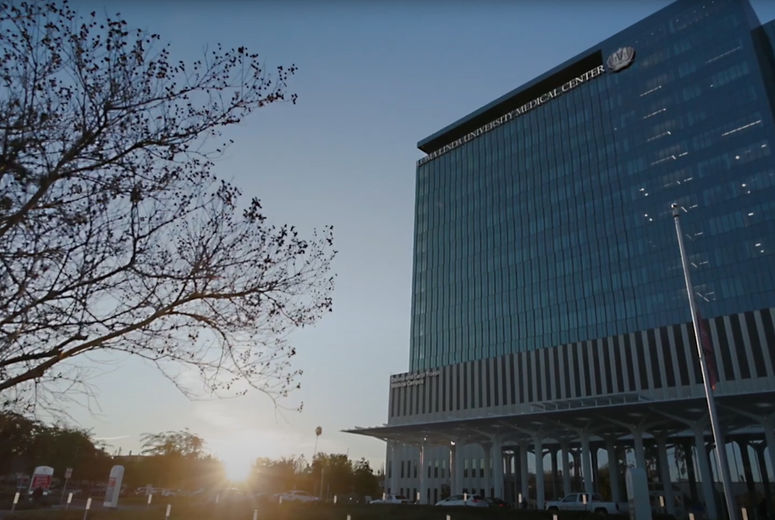Persistent atrial fibrillation (AFib) is a chronic condition characterized by an irregular heartbeat, sometimes leading to blood clots, stroke, or heart failure. It’s almost always progressive and often difficult to manage with medication alone.
But with robotic hybrid ablation, a two-step procedure that creates small scars in the heart tissue to block abnormal electrical signals, we can help provide you with lasting relief. This new treatment option combines robotic minimally invasive surgery with traditional catheter-based methods, creating a reinforced approach that reduces recovery time and lowers the risk of complications.
Living with persistent AFib can be scary, which is why we’re committed to advancing treatment using the latest technologies for improving your quality of life.
Why Choose Us for Robotic Hybrid Ablation
- National leaders: We are one of the few centers in the nation to offer a hybrid robotic-assisted approach to treating AFib, using both robotic surgery and traditional catheter-based methods.
- All the experts you need: Our surgeons collaborate closely with electrophysiologists (arrhythmia specialists) and other cardiologists to ensure you get the best treatment before and after the surgery.
- Advanced technologies: We use robotics to provide a more precise, more effective treatment for correcting AFib. This innovative technology allows your surgeon to maximize their ability to perform ablations while minimizing incisions for faster recovery.
Am I a Candidate?
Robotic hybrid ablation offers a significant chance at lasting relief from persistent AFib and can be especially beneficial if you’ve had the condition for more than a year. It is also a potentially effective option if you’ve previously had catheter ablations but continue to experience AFib.










